Assam is one of the Northeast Indian states. The state basically lies along the valleys of the mighty river Brahmaputra and the river Barak. Assam shares boundaries with two countries – Bhutan to the North and Bangladesh to the south. Assam connects all the other Northeast Indian states with the rest of India.
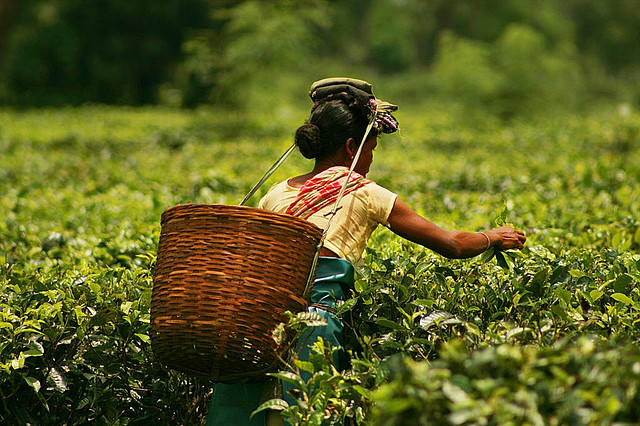
The Plight of Assam and Assamese People
Not much information is available about Assam to people outside of the northeast. While I was traveling to South India last year I met a few travelers from different parts of India and had a few conversations. I was quite surprised by the notions that they had about Assam. They have little knowledge about the rich culture and heritage of Assam.
The one thing they do know is Assam tea, thanks to its large export to various parts of India and abroad. The few times Assam has been able to grab the attention of the mainstream media are either due to its heavy floods or cases of murders or other infamous issues. But Assam has much more to offer than that.
A Brief Historical Introduction
Ahom Dynasty – The Longest Continuously Ruling Dynasty
Assam is a place worth your time due to its pristine beauty and diverse population. It is a blend of Indo-Burmese, Aryan, and Mongolian influences. Assam has the longest continuously ruling dynasty in India, known as the Ahom Dynasty. The Ahom dynasty was first established by a Tai-Shan prince named Sukaphaa. Ahoms ruled over Assam for about 600 years.
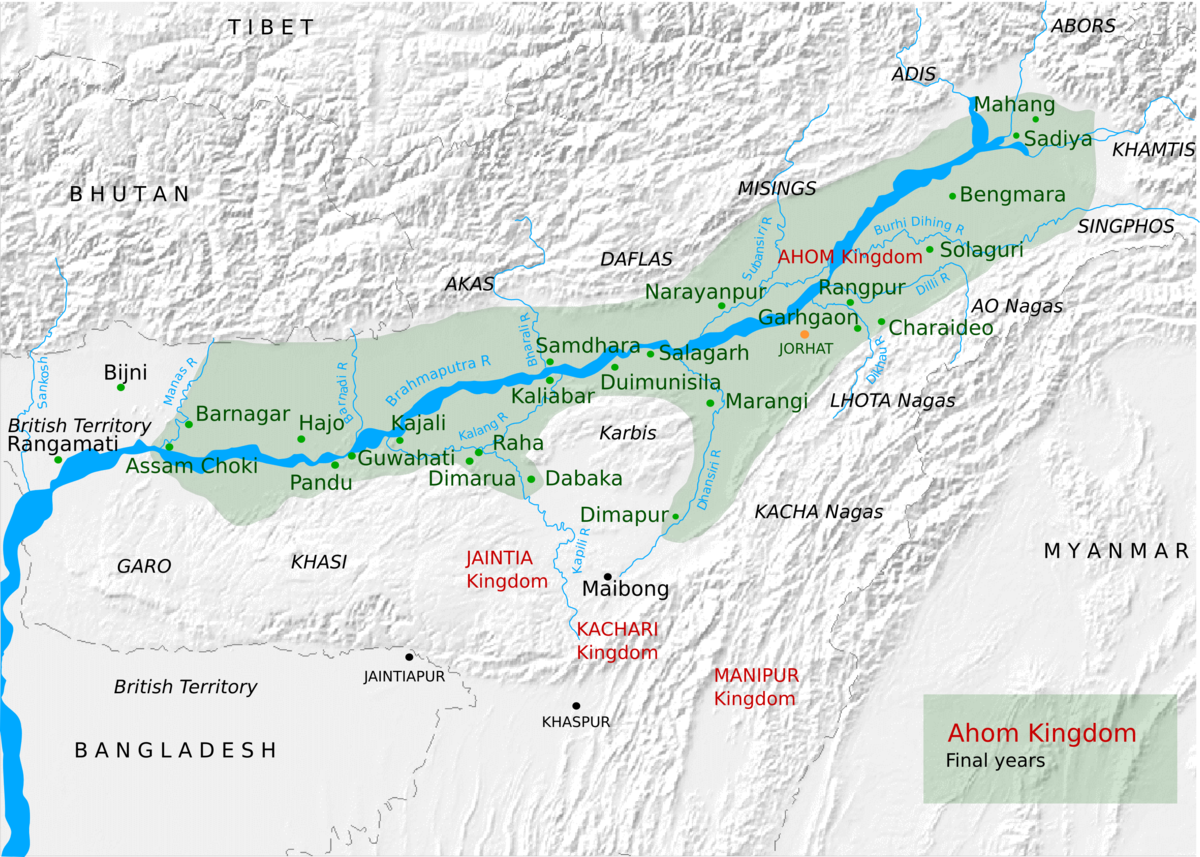
Many invaders tried to invade Assam during the Ahom rule but were unsuccessful. Even the Mughals tried to invade Assam and hence the Battle of Saraighat took place. It was during the rule of Ahom king Chakradhwaj Singha. The battle was fought under the very capable leadership of Lachit Borphukan. The Mughals had to stop their advances in expanding their empire in the northeast as they lost the battle.
The British Annexation
Finally, the Burmese Invasion ended the reign of the Ahoms as the Ahom king had to seek the help of the British to defeat the Burmese which eventually led to British annexation. During the reign of the Ahom dynasty, Sivsagar was their capital. Over the years people from various parts of India have come to Assam and have settled in Assam. As a result, Assam has people of various religions and languages.
Demographics of Assam
The people of Assam are called Assamese, which is also the name of the language spoken in Assam. Apart from Assamese, Hindi and English are also spoken by the population of Assam. Apart from these three languages, there are also other languages like Bengali, Bodo, Sadri, Mishing, Nepali, Karbi, and many more. The capital of Assam is Dispur.
Assamese Culture
What first comes to your mind when you think of Assam’s culture?
The Gamosa
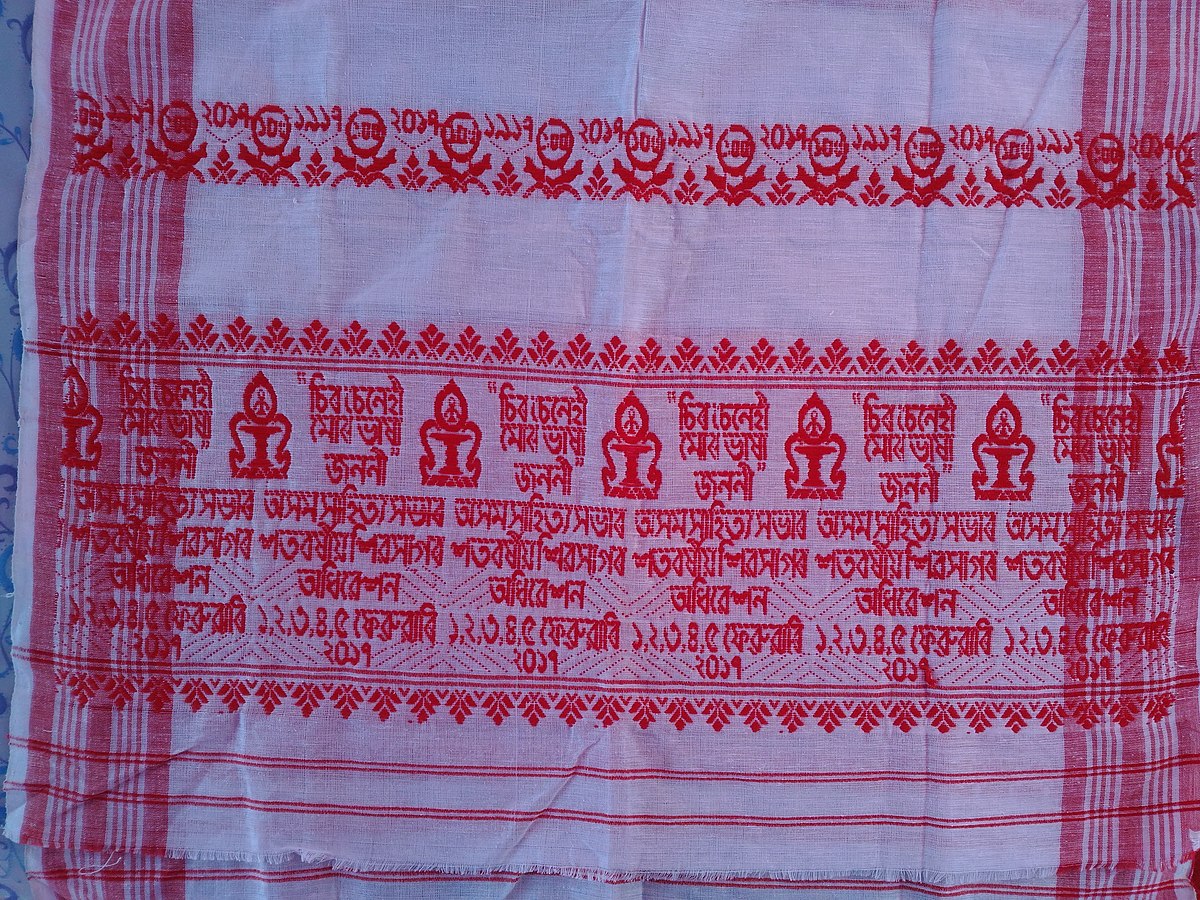
Well, I bet the ‘Gamosa’. Gamosa represents Assamese sentiments, pride, and our rich culture. It is a white rectangular piece of cloth that is woven by the people of Assam at their homes. Though it is used to wipe one’s body, it is of great importance. It is used to welcome guests, at weddings, as a waistcloth. It is used in temples and Namghars. During the Bihu season, we gift Gamosas to our relatives and elders as Bihuwans. During pujas and prayers, people hang Gamosas around their necks. Gamosas are used by people of all religions in Assam. Similar importance is also given to Tamul-paan and Xorai. The Xorai is made of Bell metal and is used to give offerings while Tamul-paan signifies friendship, respect, and devotion.
Celebration of Bihu
Another culture of Assam is the celebration of Bihu. Bihu is celebrated thrice in Assam. While in April we celebrate Rongali Bihu to mark the start of spring along with the Assamese new year, we celebrate Kati Bihu to pray to god for a good harvest. The last is the Bhogali Bihu, also called Magh Bihu which is celebrated during January to thank god for a good harvest. During Rongali Bihu, people express their enthusiasm by dancing and singing Bihu songs.
Music and Dance
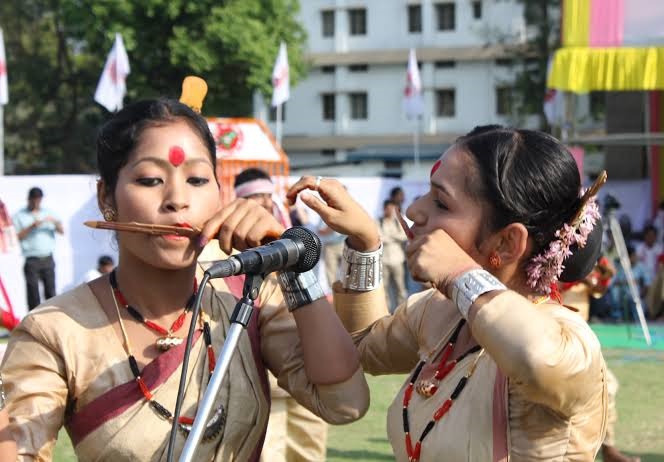
Assam is also rich in music. Pepa, Bahi, Dhol, Gagona are some of the instruments used in Bihu dances. All these are made in Assam. Not just Bihu, but Assam has produced many musical maestros that have given incredible music and songs. Jyoti Prasad Agarwala, Bishnu Prasad Rabha, Dr. Bhupen Hazarika, Zubeen Garg, Angarag Mahanta are some of the many musical geniuses born on this land. Sattriya is a dance form that originated in our very state Assam. It is mainly used by Satras to tell the various stories of Lord Krishna through dance along with drama. Ojapali and Devdasi are also major dancing styles in Assam. Various tribes like Bodo, Khasi, Rabha, and many others also have their own music and dance styles.
Assamese Jewelry
Another thing that Assamese people are very enthusiastic about is our jewelry. The traditional jewelry is handmade and showcases the rich culture of Assam. Biri, Kundal, Gam Kharu, Keru, Nupur, Karphul are some of the jewelry items. Along with jewelry Assamese people take pride in their clothes. Assam is famous for its silk and clothes made from silk. Mekhela Sador of Pat-Muga and various different kinds are worn by women. Men wear ‘Suria’ or ‘Dhoti’ and drape a ‘Seleng’ over it. Different tribal groups have their own traditional clothes that they wear on different occasions, especially during festivals.
Handicrafts of Assam
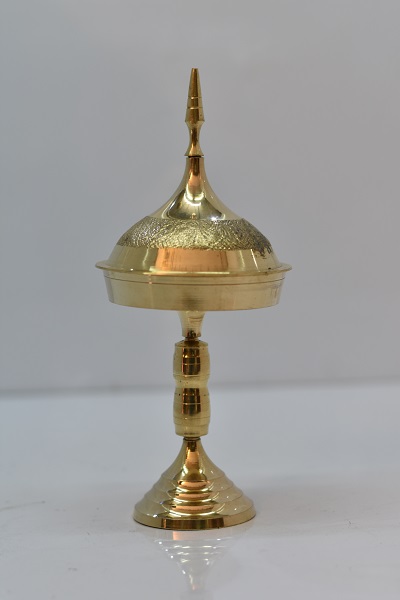
Assam is also home to various traditional crafts like brass and bell metal crafts, bamboo crafts, pottery, terracotta work, weaving, and many more. Saualkuchi is known in the entire world for its production of pat silk, Muga silk, Eri silk, and the best Mekhela Sadors using these different types of silks. Sarthebari is famous for its bell and brass metal industry. The Xorai , Kahi Bati, Kaloh, and other utensils are made here using bell and brass metals. Jaapi is another symbol of Assamese culture. It is prepared from bamboo, cane, and palm leaves. These are basically hats that are worn to show pride, protect oneself from rain and heat, honor someone, and show respect.
The Assamese Cuisine
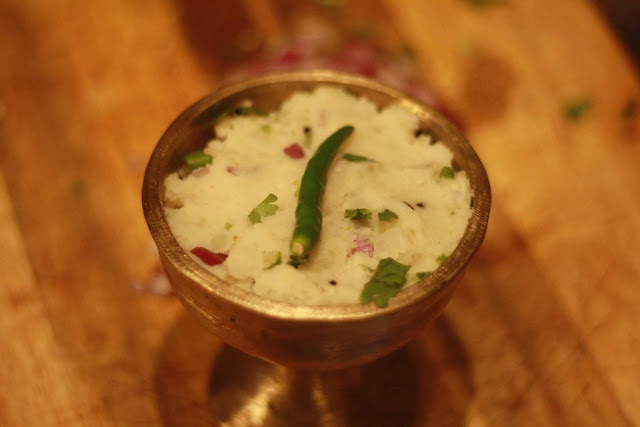
You cannot end a discussion about Assamese culture without talking about its awesome cuisine. Assamese dishes are considered less spicy than North Indian foods, yet it is in Assam that Bhot Jalakiya (the spiciest chili in the world) is produced and exported. When it comes to meat, Assamese people eat mutton, pork, chicken, duck meat, and pigeons. An Assamese meal is not complete without Khar, extracted from the stem of the bamboo plant by burning it, and aloo pitika (mashed potatoes with salt). Fish is served either as a sour dish called Masor Tenga or is baked with leaves. During the Bihu seasons, people of Assam indulge themselves in making different kinds of rice cakes (Pitha) with coconut and sesame named Til Pitha, Ghila Pitha, Sunga Pitha, and many more.
Final Words
If you ever want to visit Assam, make sure you experience Assam’s authentic culture and flavors. Assam has a rich reserve of flora and fauna. The people of Assam are enjoying their lives in this part of the country amidst nature. People are very warm and helpful. Assam will always welcome the rest of the world with a smile on their faces and a Xorai decorated with Tamul paan and Gamosa.
